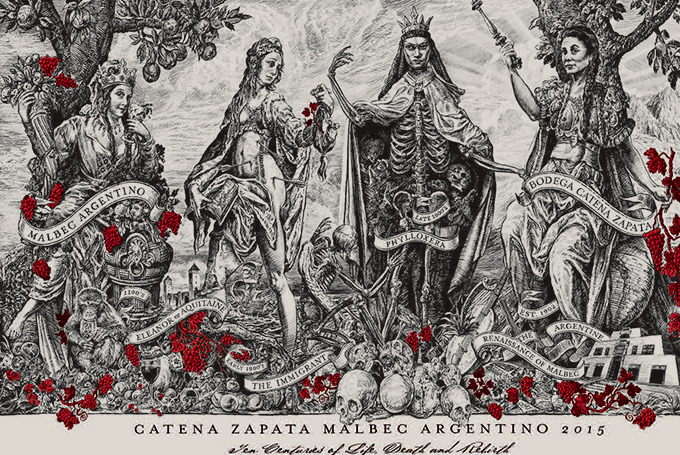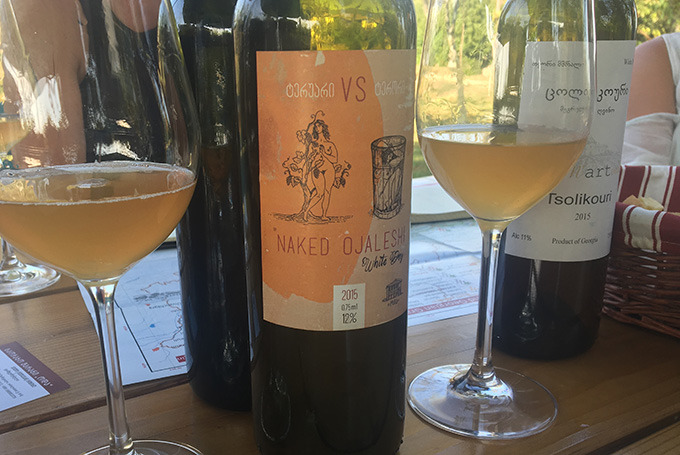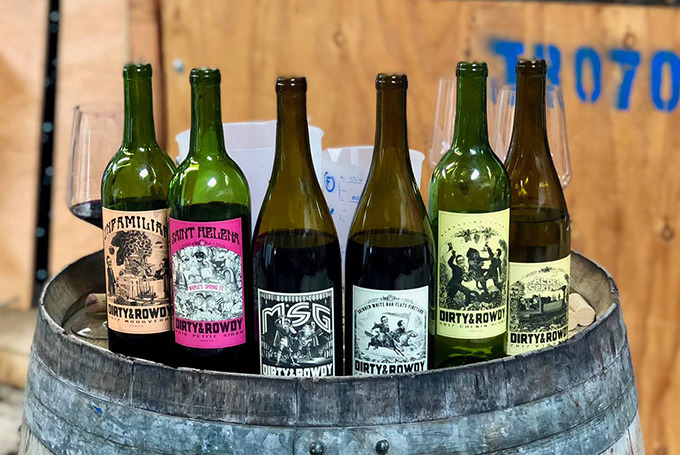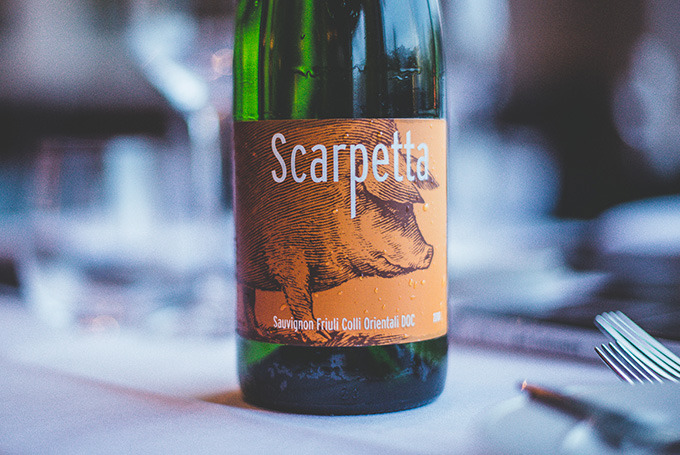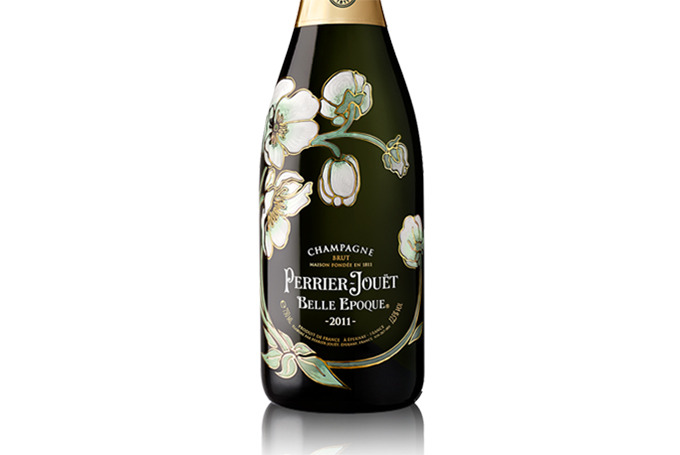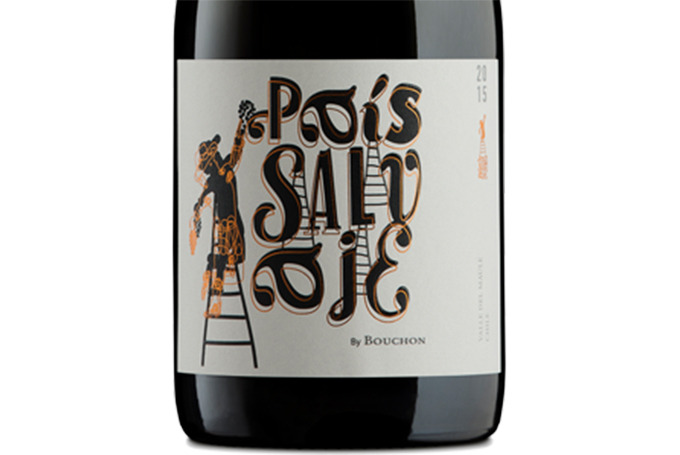Beautiful Custom Wine Labels
Go ahead, judge a book by its cover
People warn against buying a bottle of wine based on its looks, but some beautiful labels were designed to tell a story—not just show off. The juice behind the art is definitely the most important part, but aside from providing essential information about a wine, unique labels can have more of a story behind them than you think. Here, we round up a list of eye-catching labels (on bottles containing wine good enough to back them up) and reveal the stories behind the stickers.
① Catena Zapata Malbec Argentino
In a serious feat for a small, two-dimensional sticker, this label depicts the story of life, death and rebirth of the Malbec grape variety. It features four women who signify a specific landmark within Malbec history: Eleanor of Aquitaine is first, representing Old World presence and the birthplace of Malbec; the second figure is an immigrant, signifying the grape's arrival to the New World; the third woman illustrates death, representing an insect plague in the 19th century; followed by the fourth, Doña Zapata, for the grape's rebirth in Argentina.
② Oda Family Winery Naked Ojaleshi
This Georgia-made wine depicts two naked women: one wild in nature and one in a cage, which producer Keto Ninidze describes as the unfortunate yet still relevant state of women in society. She says that although women are toasted to at Georgian weddings and celebrations, they aren't truly regarded much in daily life. Above the images are the words terroir vs. terror, symbolizing the free and caged women respectively.
③ Dirty & Rowdy Family Winery
Matt Richardson and Hardy Wallace are in charge of Dirty & Rowdy's lineup, which consists of 12 to 13 labels across 15 blends, depicting cartooned versions of the winemaking duo and their viticultural adventures. Hardy shares that when wines would get a little funky, the team would refer to them as "Squatchy," a reference to a line in Anchorman. But after an accidental vinification of Petite Sirah ended up being delicious, the duo began referring to the wine as "Squatchy" with a positive, loving spin. The label of Familiar shows the two running alongside Sasquatch in the vineyard. "It reminds me that even from huge mistakes, we can still make something beautiful, and when the s**t hits the fan, you can either run with the Squatches or run from them; we chose to run with them," Wallace says.
④ M. Chapoutier
Chapoutier wine labels might seem pretty standard, except for one part: They're embossed with braille. In the early 1990s, Michel Chapoutier's close friend, blind French singer Gilbert Montagné, informed Chapoutier of his struggles with selecting wine at retail shops. Chapoutier's decision to add braille inscriptions depicting appellation, cuvée, vintage and wine color to his labels is an homage to Montagné, and allows visually impaired consumers to more easily make a wine selection.
⑤ Scarpetta
Each wine from this joint Italian wine venture between master sommelier Bobby Stuckey and Lachlan Mackinnon-Patterson shares one thing in common: a big pig across the front label. The animal is a nod to Prosciutto di San Daniele, one of Friuli, Italy's traditional gastronomical delights.
⑥ Gut Oggau
Founded in 2007 by Eduard and Stephanie Tscheppe, Gut Oggau bottles feature an array of faces, all making up their line called Wine Family. The duo felt that each of their wines was so alive and had such a unique personality that a label was specially designed for each "family member." The artist, Jung von Matt, even goes so far as to slightly age each drawing with every new vintage.
⑦ Perrier-Jouët Belle Epoque
In 1902, artist and glass maker Emile Gallé was asked to design a label that represented the recent Art Nouveau movement, welcoming an appreciation for beauty into daily life—a value that Perrier-Jouët also shared. The bottles from this leading Champagne producer were discovered in 1964, and the floral design was resurrected and sold to the masses in 1969.
⑧ Bouchon País Salvaje
Bouchon held a design competition for its País Salvaje label, inviting professional artists and students alike to submit original artwork for potential feature on the label. Two hundred and fifty submissions later, this image by Francisco Behm was selected. The drawing depicts a playful take on a man harvesting País, the grape used in the Salvaje cuvée; because of its wild nature, 15-foot ladders are required to hand-harvest the fruit.

